Law Enforcement
Fatal Consequences: The Perilous Intersection of Police Tactics and Public Safety
In the ongoing dialogue surrounding law enforcement practices, a troubling trend has emerged: the use of tactics ostensibly meant to subdue individuals too often results in tragic, and sometimes fatal, outcomes.
In the ongoing dialogue surrounding law enforcement practices, a troubling trend has emerged: the use of tactics ostensibly meant to subdue individuals too often results in tragic, and sometimes fatal, outcomes. Instances of police intervention intended to stop people in their tracks have, in far too many cases, ended with lives lost, prompting renewed scrutiny of police protocols and training methods.
From routine traffic stops to more volatile encounters, the escalation of force by police officers has become a point of contention, particularly in cases where non-lethal alternatives could have been pursued. The proliferation of body cameras and bystander footage has shed light on these incidents, sparking outrage and calls for accountability.
One notable example is the use of chokeholds and other forms of physical restraint, which have garnered significant attention in recent years due to their association with a number of high-profile deaths. While some departments have moved to ban these tactics outright, others continue to defend their use, citing the need for officers to maintain control in potentially volatile situations.
The deployment of less-lethal weapons, such as tasers and bean bag rounds, also raises questions about their efficacy and potential for misuse. While intended as alternatives to deadly force, these weapons can still inflict serious harm and even prove fatal under certain circumstances.
“Efforts to reimagine the role of police in society and explore alternative models of public safety have also gained traction.”
Moreover, the prevalence of militarized tactics and equipment within law enforcement agencies has further blurred the line between peacekeeping and combat. The use of armored vehicles, flash-bang grenades, and other military-grade gear has raised concerns about the militarization of police forces and its impact on community relations.
In response to these concerns, calls for police reform have grown louder, with advocates pushing for greater transparency, accountability, and de-escalation training within law enforcement agencies. Efforts to reimagine the role of police in society and explore alternative models of public safety have also gained traction, as communities seek solutions to address systemic issues within the criminal justice system.
As the debate over police tactics and their consequences continues to unfold, one thing remains clear: the need for meaningful reform is paramount. Lives are at stake, and the status quo is no longer acceptable. It is incumbent upon both law enforcement agencies and the communities they serve to work together to find solutions that prioritize public safety while respecting the dignity and rights of all individuals.
Immigration Policy
Arizona Officials Issue Warning on Hazards of Crossing the US-Mexico Border
In a sobering briefing held today, officials in Arizona sounded the alarm on the dangers associated with crossing the US-Mexico border, shedding light on the perils faced by migrants and the broader implications for border communities.
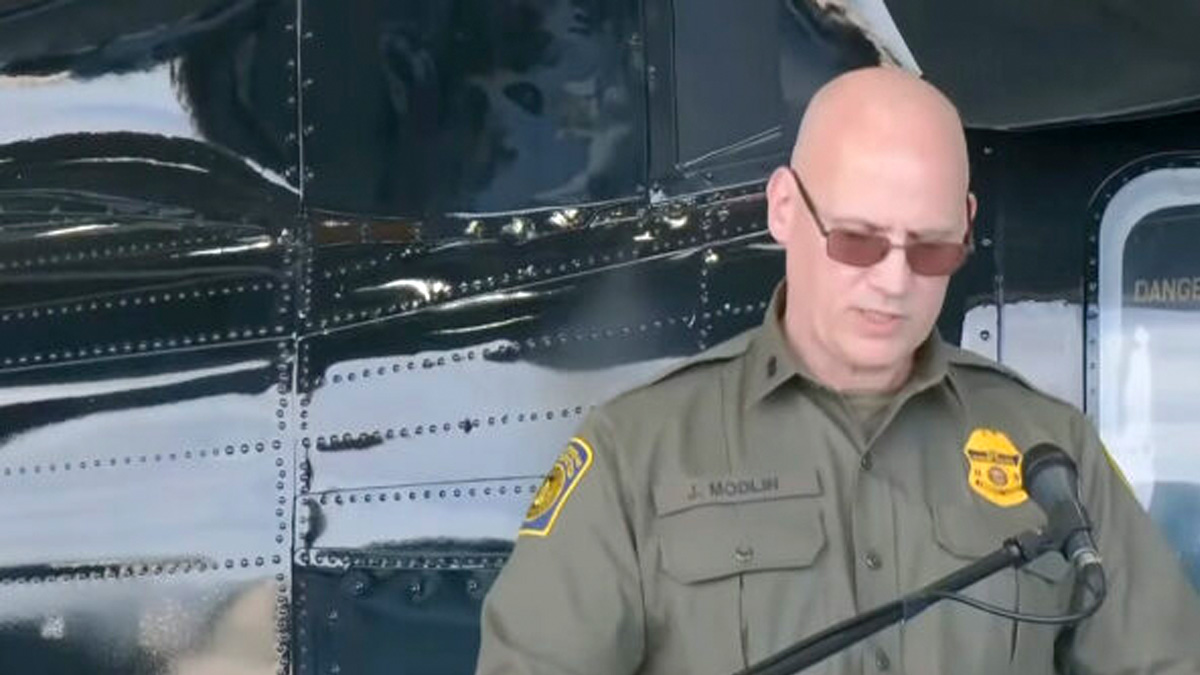
In a sobering briefing held today, officials in Arizona sounded the alarm on the dangers associated with crossing the US-Mexico border, shedding light on the perils faced by migrants and the broader implications for border communities.
Led by local authorities, including representatives from law enforcement agencies, humanitarian organizations, and community leaders, the briefing provided a comprehensive overview of the challenges encountered by individuals attempting to cross into the United States.
One of the key themes of the briefing was the inherent risks involved in unauthorized border crossings. From treacherous terrain to extreme weather conditions, migrants face a myriad of hazards along their journey, including dehydration, exposure to the elements, and encounters with dangerous wildlife. Tragically, many lose their lives in the attempt to reach safety and opportunity.
“Officials in Arizona sounded the alarm on the dangers associated with crossing the US-Mexico border.”
In addition to the physical dangers, officials also underscored the human toll of migration on both migrants themselves and the communities tasked with responding to their needs. Overcrowded detention facilities, strained resources, and the emotional toll on families separated by border enforcement measures were among the topics discussed.
Furthermore, the briefing addressed the impact of increased border enforcement on local communities, highlighting issues such as strained public services, heightened tensions, and the proliferation of human trafficking networks. Officials emphasized the need for a comprehensive approach to border management that prioritizes both security and compassion.
Throughout the briefing, speakers stressed the importance of collaboration and coordination among federal, state, and local agencies, as well as with international partners, to address the complex challenges posed by irregular migration. They also called for greater investment in humanitarian assistance, border infrastructure, and efforts to address the root causes of migration in sending countries.
As the debate over immigration policy continues to unfold at the national level, the voices of those directly impacted by border dynamics serve as a poignant reminder of the human stakes involved. In the face of complex and often divisive issues, Arizona officials reiterated their commitment to upholding the values of compassion, dignity, and respect for all individuals, regardless of their immigration status.
-
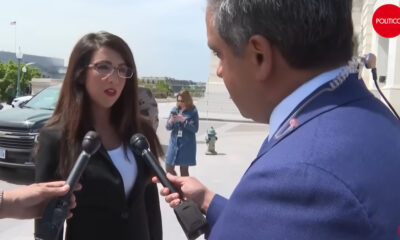
 Congress2 weeks ago
Congress2 weeks agoGOP Lawmakers Clash Over Senator Johnson’s Handling of Foreign Aid Package
-

 Business2 weeks ago
Business2 weeks agoNew Federal Rules Unveiled to Crack Down on Airline ‘Junk Fees’
-
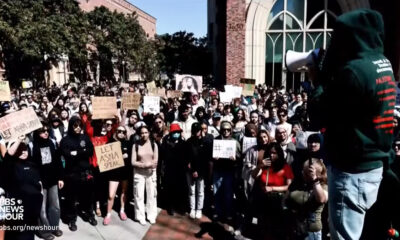
 Campus Safety2 weeks ago
Campus Safety2 weeks agoColleges Struggle with Allowing Protests and Preventing Antisemitism and Intimidation
-

 Boeing Whistleblower3 weeks ago
Boeing Whistleblower3 weeks agoSenate Homeland Security Committee Grills Boeing Whistleblower in Testimony
-
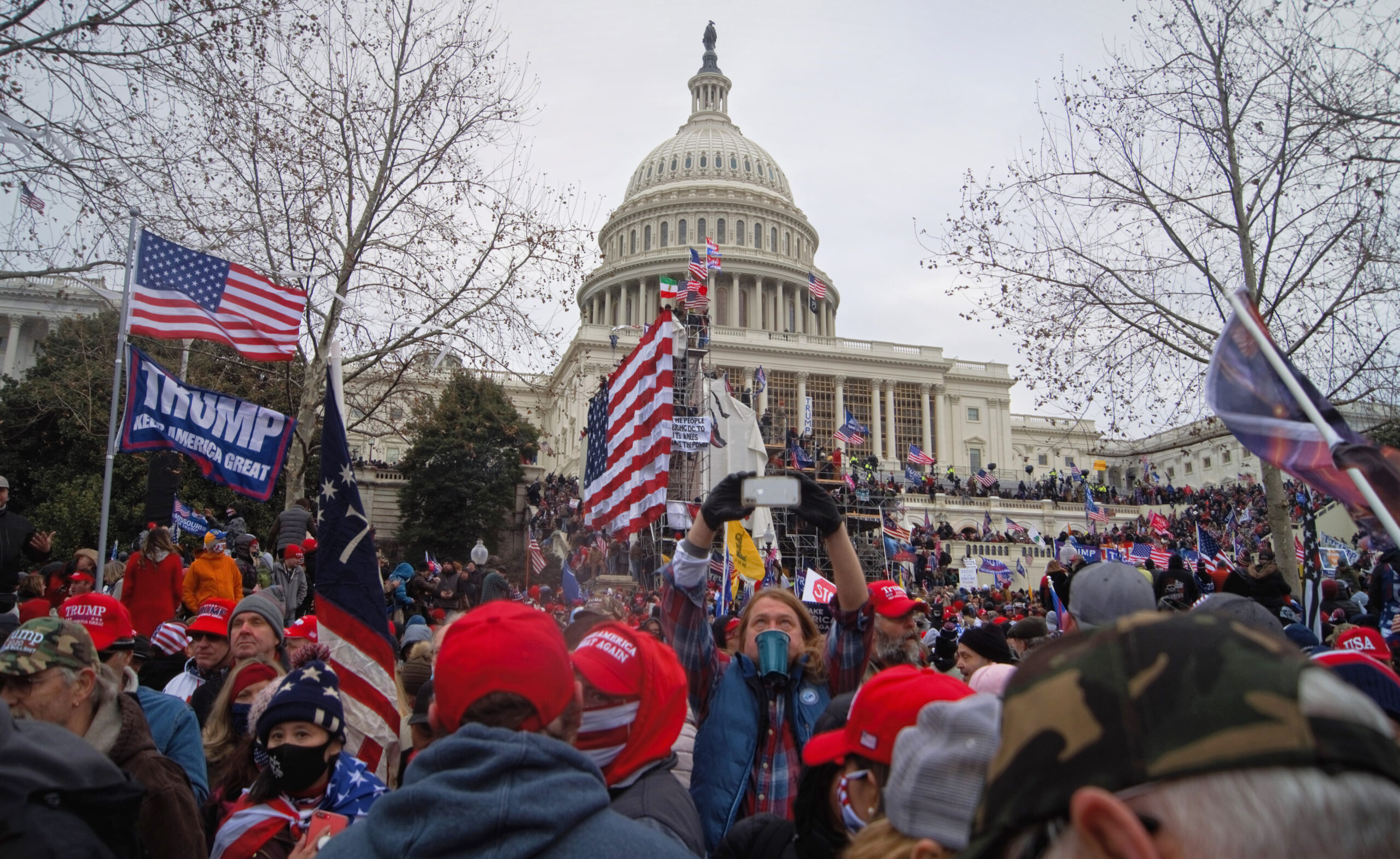
 Jan 6 Riots3 weeks ago
Jan 6 Riots3 weeks agoSupreme Court Reviews DOJ’s Application of Law in Jan. 6 Riot Cases
-
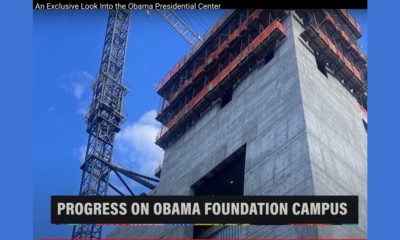
 President2 weeks ago
President2 weeks agoTake a Look Into the Obama Presidential Center
-
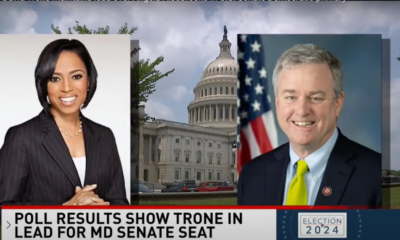
 Congress2 weeks ago
Congress2 weeks agoPoll: David Trone maintains lead over Angela Alsobrooks in U.S. Senate Democratic primary
-

 Congress2 weeks ago
Congress2 weeks agoUncle Luke for Congress???




